The internet talks about specialized guns, new tools, fascinating procedures, and implausible situations that make us want to buy the latest firearm on the market. Sadly the content rarely discusses how to address specific accuracy issues or improve our shooting to be as accurate and fast as possible. We may not understand what we do to punch holes in paper or how to tighten our rails, especially for a first time handgun buyer. Fortunately, we are aware of the step-by-step processes we need to follow to shoot straight and put bullets on target, regardless of sights or shooting position.
Pistol Shooting
 Most recreational shooters apply only two of the essential fundamentals (planning and trigger control) and are constantly frustrated by their lack of accuracy when using handguns. We can speed up this process and waste less ammunition by simply learning the fundamentals and then applying them deliberately. Why not incorporate “attitude”? Because you can be authentic in ANY position, as long as you keep the following principles in mind. There are numerous occasions in the real world where you can shoot and draw sitting, lying down, or supine, all of which require excellent principles to be protected.
Most recreational shooters apply only two of the essential fundamentals (planning and trigger control) and are constantly frustrated by their lack of accuracy when using handguns. We can speed up this process and waste less ammunition by simply learning the fundamentals and then applying them deliberately. Why not incorporate “attitude”? Because you can be authentic in ANY position, as long as you keep the following principles in mind. There are numerous occasions in the real world where you can shoot and draw sitting, lying down, or supine, all of which require excellent principles to be protected.
Aiming
The most important foundation is aiming and can be described as, “How to make the correct connection between the target, the front sight, and the rear sight.” The following image shows how to do both steps correctly. This can be much more difficult than it sounds, especially in low light conditions, which is the main reason many guns are equipped with phosphorescent tritium night sights. We are incapable of focusing on multiple things at once, so we are designed to focus on one important thing at a time. The notch closest to the target is turned off. When we focus on the target, we lose most of our awareness. When we focus on the rear sight, the target becomes almost undetectable.
Grip Control
 A good grip is critical, its control reduces the arc of movement and makes the next tips much easier. What is the “arc of motion?” About the inevitable movement of a gun when you draw it into a shooting position. Hold your finger toward a distant target and watch the fingertip “dance” concerning the target. This is the arc of motion in practice. The drill reduces the arc of change but does not eliminate it. If the arc of motion stays within the target, you can assume it is within your shooter’s power range (not including bullet drop). If your sights touch off target, you can assume you should not aim at the shooter.
A good grip is critical, its control reduces the arc of movement and makes the next tips much easier. What is the “arc of motion?” About the inevitable movement of a gun when you draw it into a shooting position. Hold your finger toward a distant target and watch the fingertip “dance” concerning the target. This is the arc of motion in practice. The drill reduces the arc of change but does not eliminate it. If the arc of motion stays within the target, you can assume it is within your shooter’s power range (not including bullet drop). If your sights touch off target, you can assume you should not aim at the shooter.
Trigger Control
 Trigger control is the way to release the ground to minimize scenario movement. The trigger should be pressed in a smooth, continuous motion to the right rear. There are several issues to be aware of when working on the control. After diagnosing accuracy problems in my students, over 90% are due to improper trigger direction. Improper trigger control increases the arc of motion, which decreases accuracy. This step is probably the toughest foundation to understand and requires almost daily practice to achieve.
Trigger control is the way to release the ground to minimize scenario movement. The trigger should be pressed in a smooth, continuous motion to the right rear. There are several issues to be aware of when working on the control. After diagnosing accuracy problems in my students, over 90% are due to improper trigger direction. Improper trigger control increases the arc of motion, which decreases accuracy. This step is probably the toughest foundation to understand and requires almost daily practice to achieve.
Follow Through
The last fundamental might be Follow Through, and it’s a little hard to explain on paper. You will discover many, many procedures to draw a firearm, almost all of them are confusing. The grip pressure should be aimed directly at the torso of the gun. Your focus must remain on the sights, which means your grip must remain firm, your trigger finger must return to “reset,” and you must resume breathing to prepare for another shot. Poor execution increases the time it takes to fire again and can affect the accuracy with poor trigger management.…

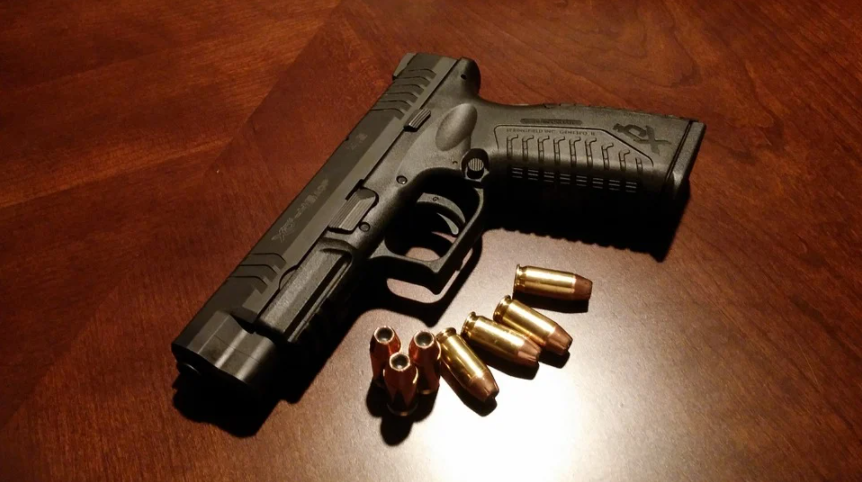
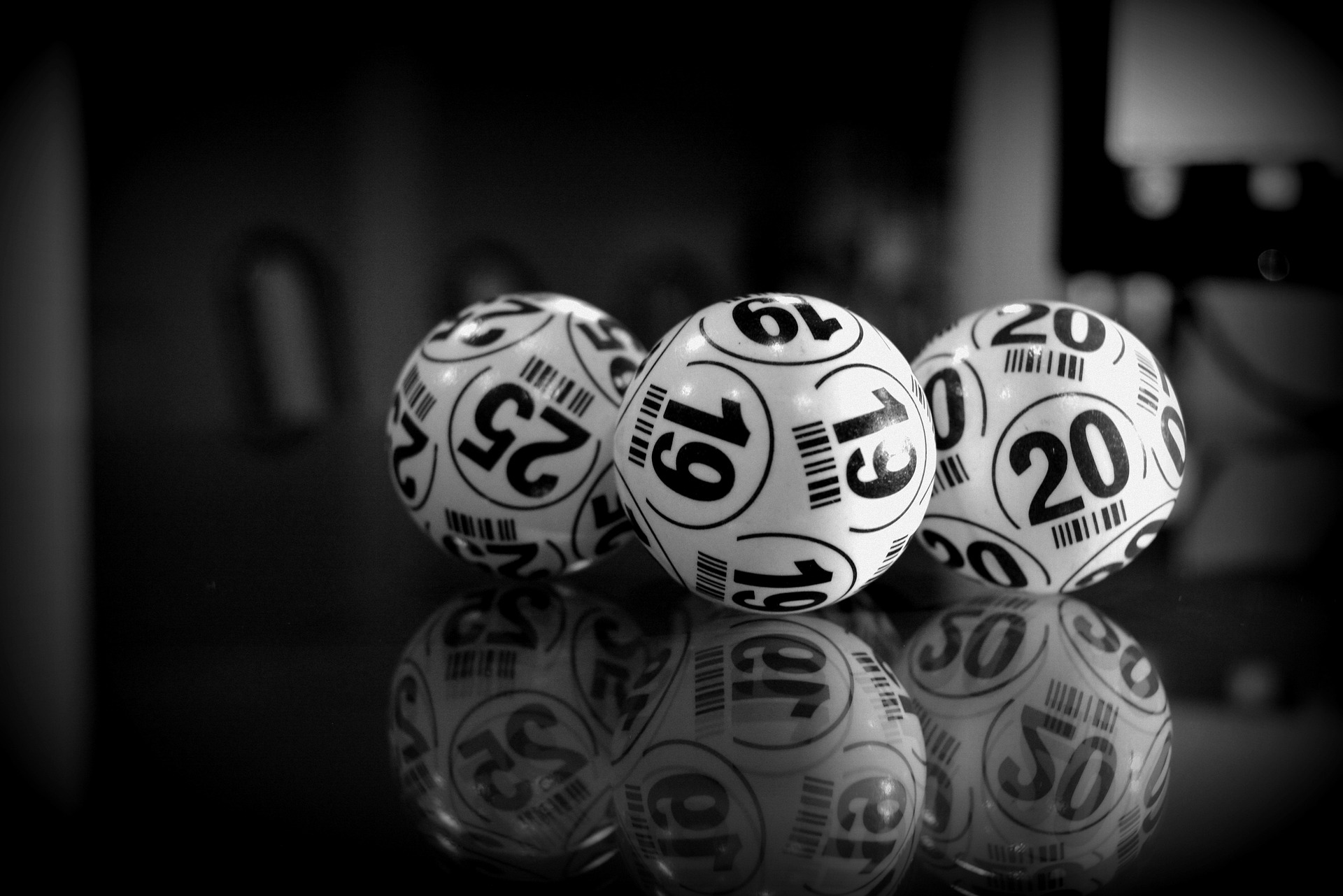
 The first logical step is to take a look at
The first logical step is to take a look at  The best online bingo sites also offer customer service that can answer any questions you may have about online gambling. Numerous websites will let you know about the offers available at some of the most popular sites. Some bingo sites keep track of the amount of money you wager on your new bingo hobby. These bingo sites are there to make a profit, but they also try to maintain a fantastic reputation with regular players by researching their playing habits. Checking for customer service is one of the things neglected by many players, especially the new ones.…
The best online bingo sites also offer customer service that can answer any questions you may have about online gambling. Numerous websites will let you know about the offers available at some of the most popular sites. Some bingo sites keep track of the amount of money you wager on your new bingo hobby. These bingo sites are there to make a profit, but they also try to maintain a fantastic reputation with regular players by researching their playing habits. Checking for customer service is one of the things neglected by many players, especially the new ones.…

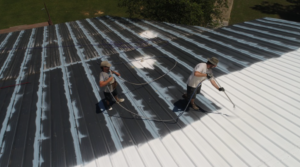 Another great trick is to make a
Another great trick is to make a 
 Initial deposit bonuses are incredibly widespread to those gamers resembling an extra addition to your bankroll, and it’ll retain players playing long-drawn. However, players necessitate to note this free money consolidates specific stipulations.
Initial deposit bonuses are incredibly widespread to those gamers resembling an extra addition to your bankroll, and it’ll retain players playing long-drawn. However, players necessitate to note this free money consolidates specific stipulations. Micro gaming will frequently have timed bonus numbers for their customers. This means that the player has a critical amount of money and a period to collect as much money as possible. If they fulfill the advertising conditions at the time allocated, the capitals won are transferred to some other phase of the deal.
Micro gaming will frequently have timed bonus numbers for their customers. This means that the player has a critical amount of money and a period to collect as much money as possible. If they fulfill the advertising conditions at the time allocated, the capitals won are transferred to some other phase of the deal.

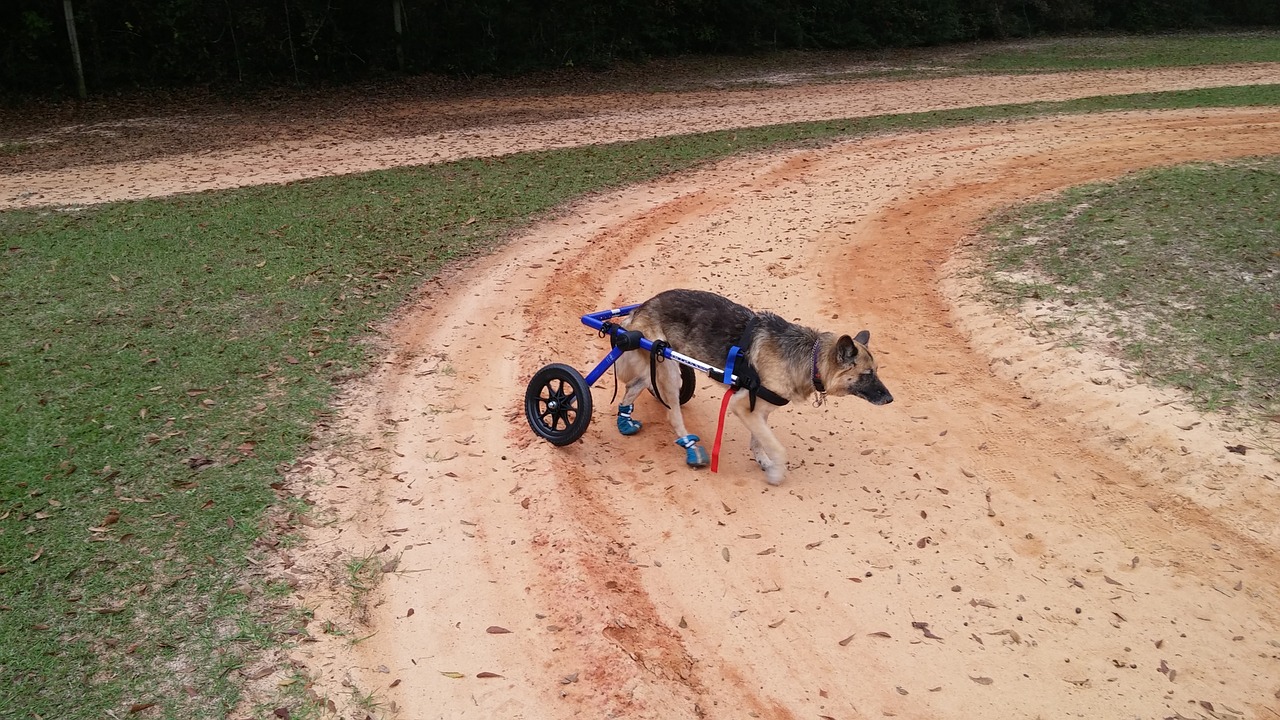
 Sorting out that Buster had been ready for a doggy wheelchair was straightforward. One day I took him out for that, which was expected for a short walk. His thighs are at their most vulnerable late in the day, and that I can not take him home when he meanders excessively. When we showed up at the central end on the way where we could return to the RV, Buster demanded, heading the other way. In the following split in the street, Buster endeavored again to kill in the Winnebago. I had been squashed.
Sorting out that Buster had been ready for a doggy wheelchair was straightforward. One day I took him out for that, which was expected for a short walk. His thighs are at their most vulnerable late in the day, and that I can not take him home when he meanders excessively. When we showed up at the central end on the way where we could return to the RV, Buster demanded, heading the other way. In the following split in the street, Buster endeavored again to kill in the Winnebago. I had been squashed. That remark on the site implanted the concept of a puppy wheelchair to do a little study. Numerous businesses sell puppy wheelchairs, and a few gifted individuals even create customized wheelchairs for their pets. However, after studying Felix’s expertise on Kol’s Notes, we understood that the Walkin’ Wheels puppy wheelchair was for us. Better still, the wheelchair could let him continue to work out his back legs without needing to rely upon his buttocks to take all his body fat. That meant we would not need to cut on our walks brief!
That remark on the site implanted the concept of a puppy wheelchair to do a little study. Numerous businesses sell puppy wheelchairs, and a few gifted individuals even create customized wheelchairs for their pets. However, after studying Felix’s expertise on Kol’s Notes, we understood that the Walkin’ Wheels puppy wheelchair was for us. Better still, the wheelchair could let him continue to work out his back legs without needing to rely upon his buttocks to take all his body fat. That meant we would not need to cut on our walks brief!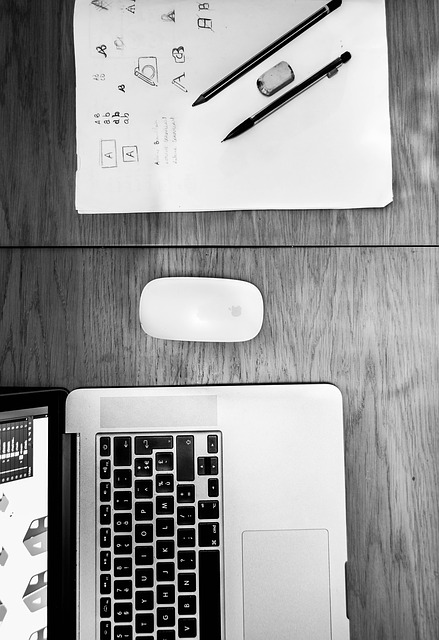
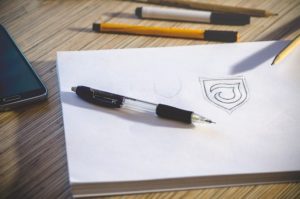 To make your logo look just right, you have to decide where it will be used. Considering some options will affect how you design your logo. Websites that specialize in logo printing make it easy for you to start from scratch and get what you want. Design options are endless, and you can customize your designs with shapes, images, symbols, color, text, graphics, size, and style. It is always a good idea to prepare an outline of your logo design before commencing the process. You might start by drawing different logo ideas on a sheet of paper.
To make your logo look just right, you have to decide where it will be used. Considering some options will affect how you design your logo. Websites that specialize in logo printing make it easy for you to start from scratch and get what you want. Design options are endless, and you can customize your designs with shapes, images, symbols, color, text, graphics, size, and style. It is always a good idea to prepare an outline of your logo design before commencing the process. You might start by drawing different logo ideas on a sheet of paper.
 All employees need to understand how their efforts contribute to the overall goals. All employees know what role they play in promoting our team and organizational goals. And clear to everyone exactly what these goals are. One of the most prominent challenges organizations and groups face in getting where they want to be the lack of clarity about their roles and responsibilities. Clarifying these roles could help promote and achieve their normal vision and goals. Their specific duties, and do the actions and responsibilities overlap among members.
All employees need to understand how their efforts contribute to the overall goals. All employees know what role they play in promoting our team and organizational goals. And clear to everyone exactly what these goals are. One of the most prominent challenges organizations and groups face in getting where they want to be the lack of clarity about their roles and responsibilities. Clarifying these roles could help promote and achieve their normal vision and goals. Their specific duties, and do the actions and responsibilities overlap among members. Spend some time looking closely at what your group members need. Find out exactly what group members are looking to increase their efforts and operate before the team-building event. One of the most common disadvantages of team building initiatives is that they do not meet the group’s needs. Make sure you spend some time for the event to assess what kind of members you want—the best way to get this from members. After a year, team building programs can get a fantastic short-term price to boost morale.
Spend some time looking closely at what your group members need. Find out exactly what group members are looking to increase their efforts and operate before the team-building event. One of the most common disadvantages of team building initiatives is that they do not meet the group’s needs. Make sure you spend some time for the event to assess what kind of members you want—the best way to get this from members. After a year, team building programs can get a fantastic short-term price to boost morale.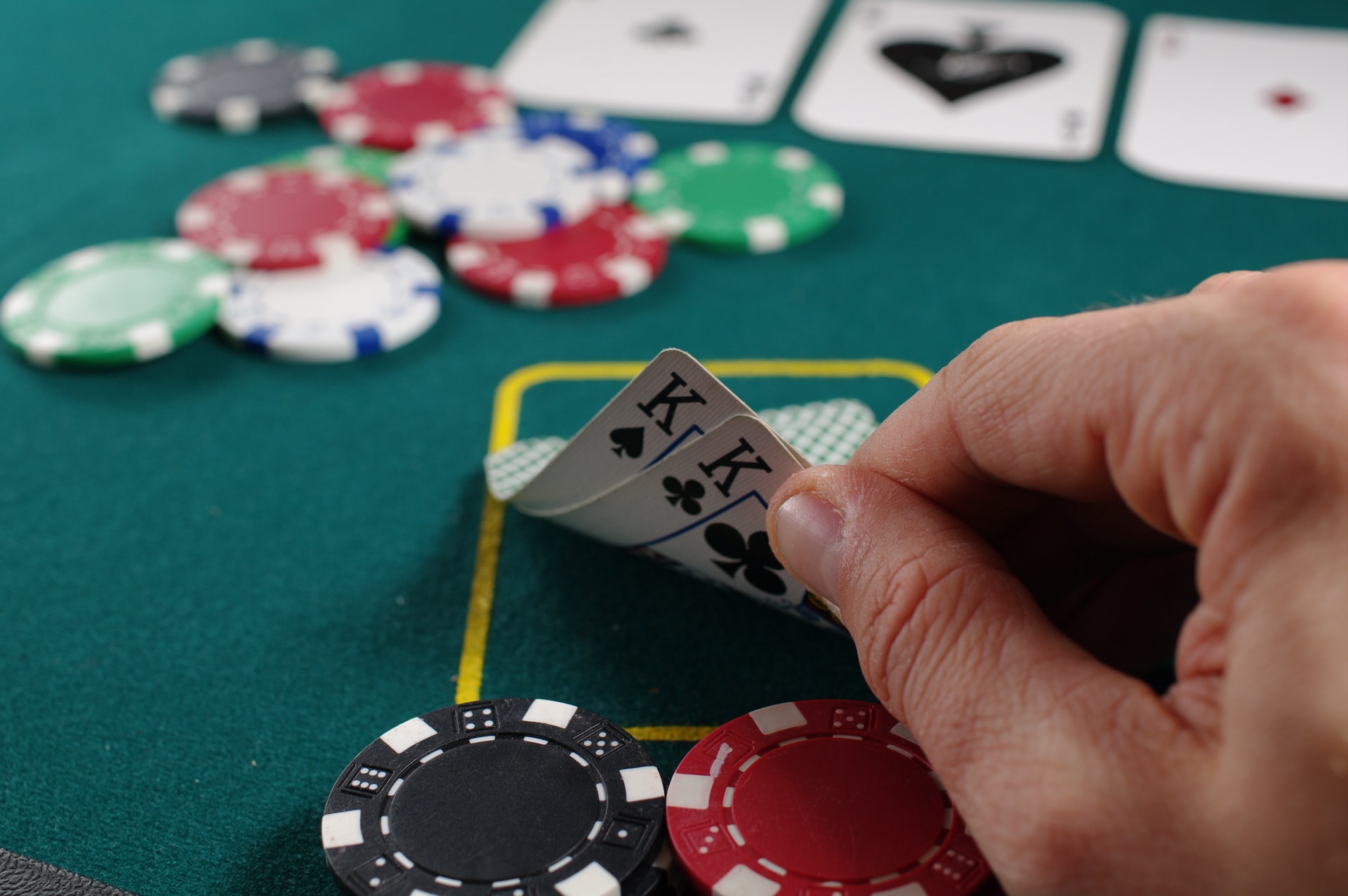
 Choose a Legit Online Casino
Choose a Legit Online Casino
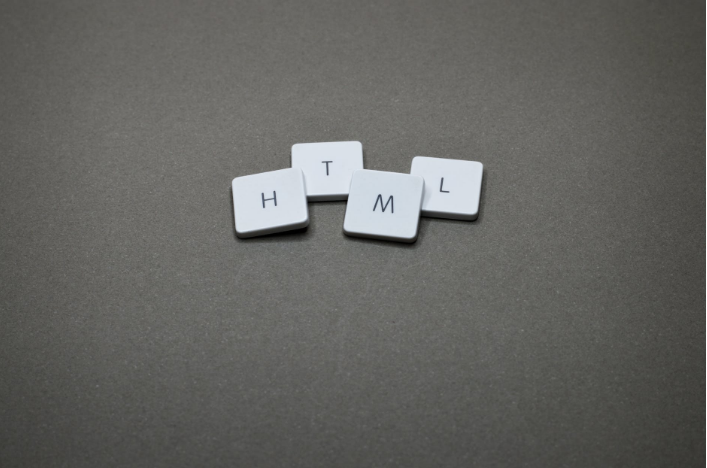
 The very first step to making a fantastic website would be to think about what your audience is. If you are starting a website page, what is your market? If you are a company, who is interested in your products? As soon as you locate an audience, it would be best if you began making creative decisions about constructing your site to ensure it is appealing to that particular audience.
The very first step to making a fantastic website would be to think about what your audience is. If you are starting a website page, what is your market? If you are a company, who is interested in your products? As soon as you locate an audience, it would be best if you began making creative decisions about constructing your site to ensure it is appealing to that particular audience.
 Learn Something New
Learn Something New Whether it is a rainy weekend, it is a wonderful idea not to stay at home. There are still many areas that can be reached by rain or shine. Rainy weather gives a fashionable feeling to many of these
Whether it is a rainy weekend, it is a wonderful idea not to stay at home. There are still many areas that can be reached by rain or shine. Rainy weather gives a fashionable feeling to many of these 



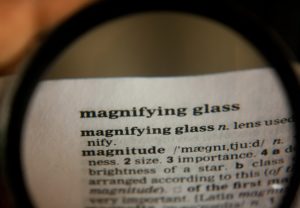 Take some chances to learn new words and practice saying them. Repeat the following phrases and use them. People make some difficulties when studying new vocabulary words of speech because they know fragments of words and phrases. This also contributes to miscommunication for a translation that doesn’t have the connotations or significance. With terms out of the context of a conversation, you understand how to use the language words.
Take some chances to learn new words and practice saying them. Repeat the following phrases and use them. People make some difficulties when studying new vocabulary words of speech because they know fragments of words and phrases. This also contributes to miscommunication for a translation that doesn’t have the connotations or significance. With terms out of the context of a conversation, you understand how to use the language words. In the event you don’t understand all of the phrases in a book, magazine or newspaper, as you collaborate, you can select words out and look up their definitions. This can allow you to understand a fantastic deal of words and also will enable you to learn about sentence and construction patterns. It’s still an effective method while the ability is innovative when researching language for.
In the event you don’t understand all of the phrases in a book, magazine or newspaper, as you collaborate, you can select words out and look up their definitions. This can allow you to understand a fantastic deal of words and also will enable you to learn about sentence and construction patterns. It’s still an effective method while the ability is innovative when researching language for.

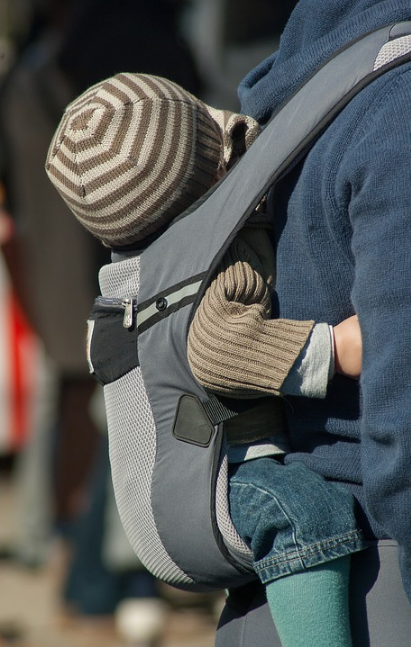
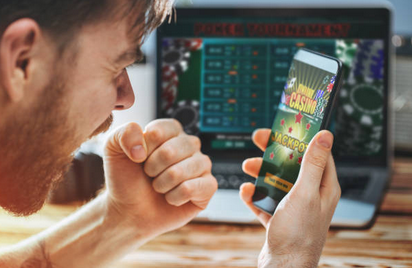
 Although procedures such as credit and debit cards can take longer due to security checks, the ability to deposit and withdraw money with PayPal only takes a few seconds. Also, merchants usually have additional fees and payment procedures, but not with the PayPal method. You do not need extra costs for transporting money to and from gaming accounts through PayPal account. It means that you can save some money and effort with PayPal.
Although procedures such as credit and debit cards can take longer due to security checks, the ability to deposit and withdraw money with PayPal only takes a few seconds. Also, merchants usually have additional fees and payment procedures, but not with the PayPal method. You do not need extra costs for transporting money to and from gaming accounts through PayPal account. It means that you can save some money and effort with PayPal.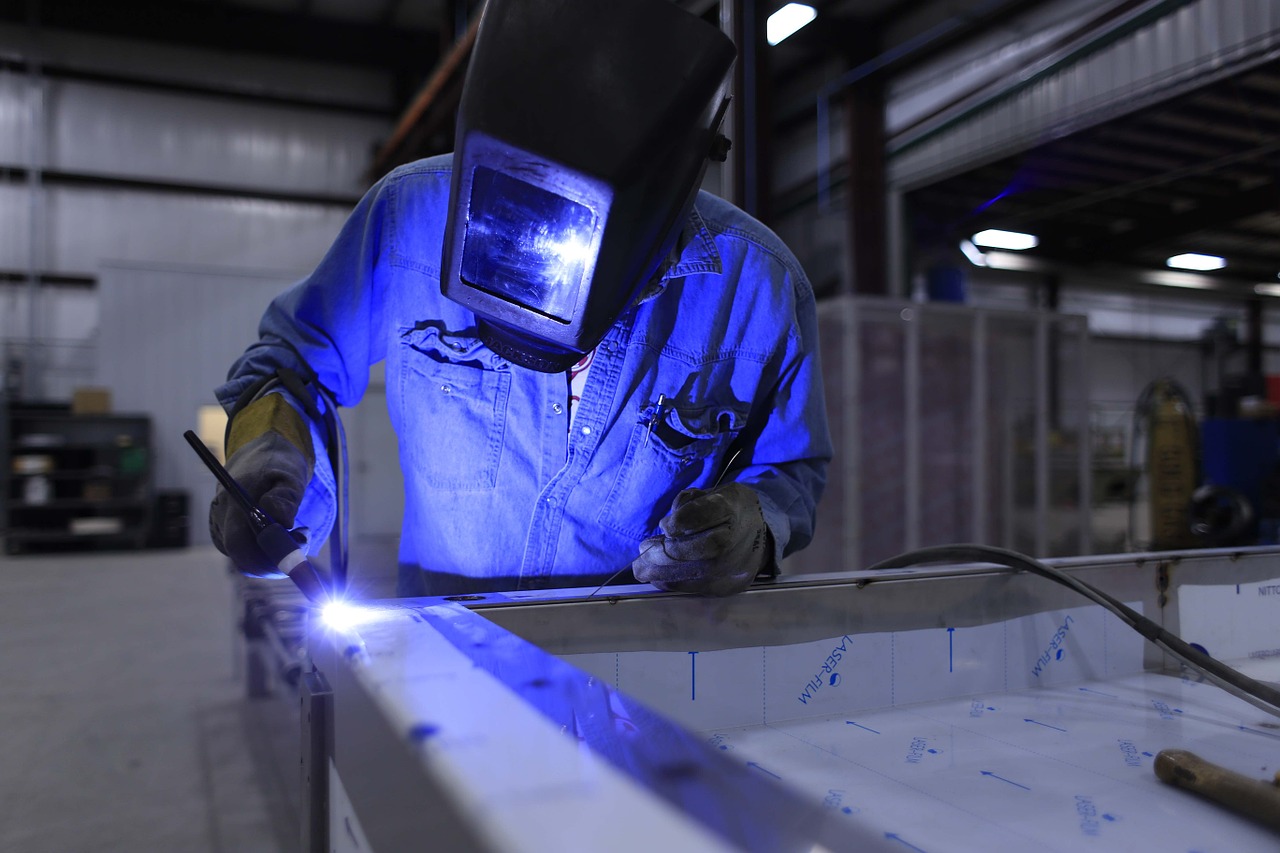
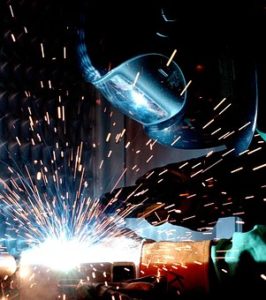 Whatever you want to be repaired, you will always want to have it repaired perfectly. This, however, cannot be the case if you are never keen on the people you are going to hire. You should understand that as much as you want to believe that metal is durable, it can be damaged if mishandled. So, make sure that you give the task to professionals if you want to get quality services. This is what they do and the chances of them disappointing you are minimal.
Whatever you want to be repaired, you will always want to have it repaired perfectly. This, however, cannot be the case if you are never keen on the people you are going to hire. You should understand that as much as you want to believe that metal is durable, it can be damaged if mishandled. So, make sure that you give the task to professionals if you want to get quality services. This is what they do and the chances of them disappointing you are minimal.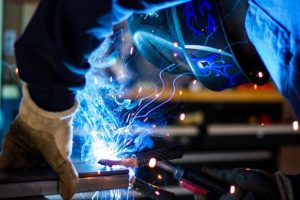 Can you imagine a situation where you do welding repairs, and after a few days you are supposed to make the same repairs? That can be quite disgusting, and I am sure you do not want such a thing to happen. The only way of avoiding such scenarios is by hiring professional welding service providers who know what is expected of them.…
Can you imagine a situation where you do welding repairs, and after a few days you are supposed to make the same repairs? That can be quite disgusting, and I am sure you do not want such a thing to happen. The only way of avoiding such scenarios is by hiring professional welding service providers who know what is expected of them.…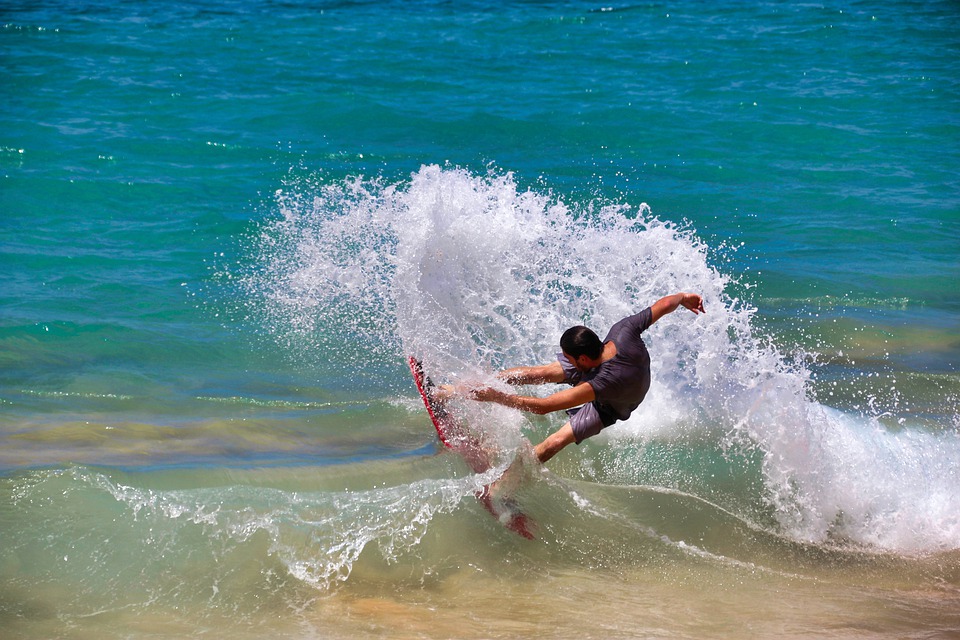

 …
…
 how to feed it. For instance, it is important to consult a vet and determine the health condition of your cat. If your cat is underweight, the vet will recommend the right diet. Using Cat Food For Weight Gain will increase the weight naturally through diet.
how to feed it. For instance, it is important to consult a vet and determine the health condition of your cat. If your cat is underweight, the vet will recommend the right diet. Using Cat Food For Weight Gain will increase the weight naturally through diet. that they can tear once in a while. Make sure that the bigger percentage of the cat food is meat.
that they can tear once in a while. Make sure that the bigger percentage of the cat food is meat.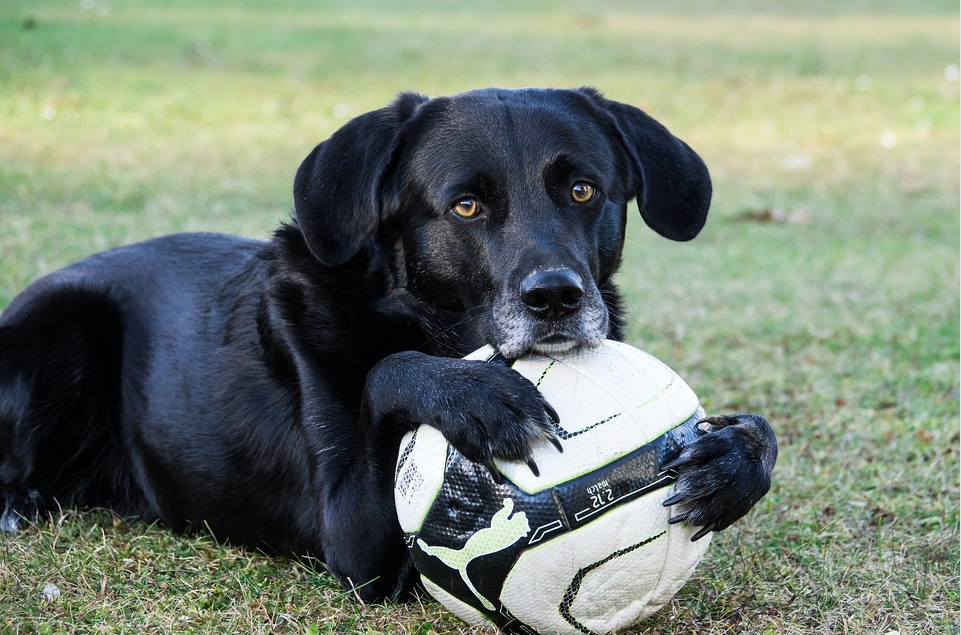
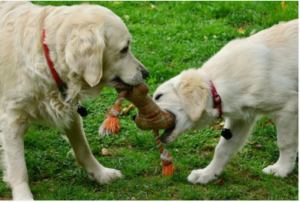 Taking care of your dog also means that you provide it with plenty of exercises, enough play time and stimulation for its mind. Caring for your dog is a huge responsibility, and you need to be prepared for it before you adopt one. Being a dog owner is not something that you can take lightly. You may need to buy the playden for your dogs. For the best dog playpens click on the highlighted link.
Taking care of your dog also means that you provide it with plenty of exercises, enough play time and stimulation for its mind. Caring for your dog is a huge responsibility, and you need to be prepared for it before you adopt one. Being a dog owner is not something that you can take lightly. You may need to buy the playden for your dogs. For the best dog playpens click on the highlighted link. You should also brush your dog depending on the type. There are dogs which shed a lot of furs, and you need to know how many times you will brush it.
You should also brush your dog depending on the type. There are dogs which shed a lot of furs, and you need to know how many times you will brush it.
 When it comes to spring, the weather will be warm with chances of rain. At the beginning of spring, it might still be quite chilly since the previous season is the winter. When dressing for the beginning of spring, jackets, sweaters, and coats will be very useful. Going into the season, you can trade the warmer outerwear for lighter jackets and long-sleeved tops. Spring is the time wear wearing bold and vibrant colors are encouraged. It is the time of rebirth and when flowers bloom. Therefore, don’t be afraid to express yourself with colorful outfits.
When it comes to spring, the weather will be warm with chances of rain. At the beginning of spring, it might still be quite chilly since the previous season is the winter. When dressing for the beginning of spring, jackets, sweaters, and coats will be very useful. Going into the season, you can trade the warmer outerwear for lighter jackets and long-sleeved tops. Spring is the time wear wearing bold and vibrant colors are encouraged. It is the time of rebirth and when flowers bloom. Therefore, don’t be afraid to express yourself with colorful outfits. Summer is the season of the sun. It is the hottest season of the entire year. Wearing light and comfortable clothing is advisable in the summer. With the temperatures rising, summer will be the time to take those bikinis and swimsuits out to go to the beach or the local swimming pool. In the summer, feel free to wear tank tops, flippy dresses, shorts, light T-shirts, and sandals. It is the only season where layering is not required. Find the perfect
Summer is the season of the sun. It is the hottest season of the entire year. Wearing light and comfortable clothing is advisable in the summer. With the temperatures rising, summer will be the time to take those bikinis and swimsuits out to go to the beach or the local swimming pool. In the summer, feel free to wear tank tops, flippy dresses, shorts, light T-shirts, and sandals. It is the only season where layering is not required. Find the perfect  When it comes to dressing for the fall season, layering is key. Fall is the season of browns, oranges, as well as other warm and cozy colors. Coats, ponchos, and sweaters are very in style in this season called fall. Incorporate different textures and multiple layers for a fashionable look. Boots are the preferred type of shoes to wear in the fall.
When it comes to dressing for the fall season, layering is key. Fall is the season of browns, oranges, as well as other warm and cozy colors. Coats, ponchos, and sweaters are very in style in this season called fall. Incorporate different textures and multiple layers for a fashionable look. Boots are the preferred type of shoes to wear in the fall. Winter brings the coldest temperatures of the year. When it comes to winter, it is important to keep yourself wrapped up in warm clothes so that you do not freeze in the winter. Wear down jackets, coats, and cozy sweaters to keep you warm. Scarfs, gloves, socks, hats, and ear muffs can also be worn to add more
Winter brings the coldest temperatures of the year. When it comes to winter, it is important to keep yourself wrapped up in warm clothes so that you do not freeze in the winter. Wear down jackets, coats, and cozy sweaters to keep you warm. Scarfs, gloves, socks, hats, and ear muffs can also be worn to add more 
 Indonesia is a beautiful archipelago with the most islands in the entire world. It is a tropical country located in the southeastern part of Asia. What was once known as the emerald of the equator, it is a gorgeous country that is filled with its natural beauty. From hiking mountains, trekking through lush greens, strolling through sandy beaches, to diving under the deep blue sea, the natural beauty is incomparable. However, in some parts of Indonesia, the urban life is also quite happening. Other than that, what attracts most travelers to Indonesia is its wealth in
Indonesia is a beautiful archipelago with the most islands in the entire world. It is a tropical country located in the southeastern part of Asia. What was once known as the emerald of the equator, it is a gorgeous country that is filled with its natural beauty. From hiking mountains, trekking through lush greens, strolling through sandy beaches, to diving under the deep blue sea, the natural beauty is incomparable. However, in some parts of Indonesia, the urban life is also quite happening. Other than that, what attracts most travelers to Indonesia is its wealth in  New Zealand is a country with the most naturally beautiful sceneries in the world. Everywhere and anywhere you go in New Zealand; the view is picture perfect. The beauty of the natural scenery in New Zealand is truly stunning. Milford Sound is one of the most beautiful places on Earth. New Zealand is also a destination for thrill seekers and adventure seekers. There are a lot of adrenaline-inducing thrill rides with an overview of the beautiful nature New Zealand has to offer. New Zealand is also marketed for adventure seekers. It has a lot of
New Zealand is a country with the most naturally beautiful sceneries in the world. Everywhere and anywhere you go in New Zealand; the view is picture perfect. The beauty of the natural scenery in New Zealand is truly stunning. Milford Sound is one of the most beautiful places on Earth. New Zealand is also a destination for thrill seekers and adventure seekers. There are a lot of adrenaline-inducing thrill rides with an overview of the beautiful nature New Zealand has to offer. New Zealand is also marketed for adventure seekers. It has a lot of  When you are a fan of
When you are a fan of